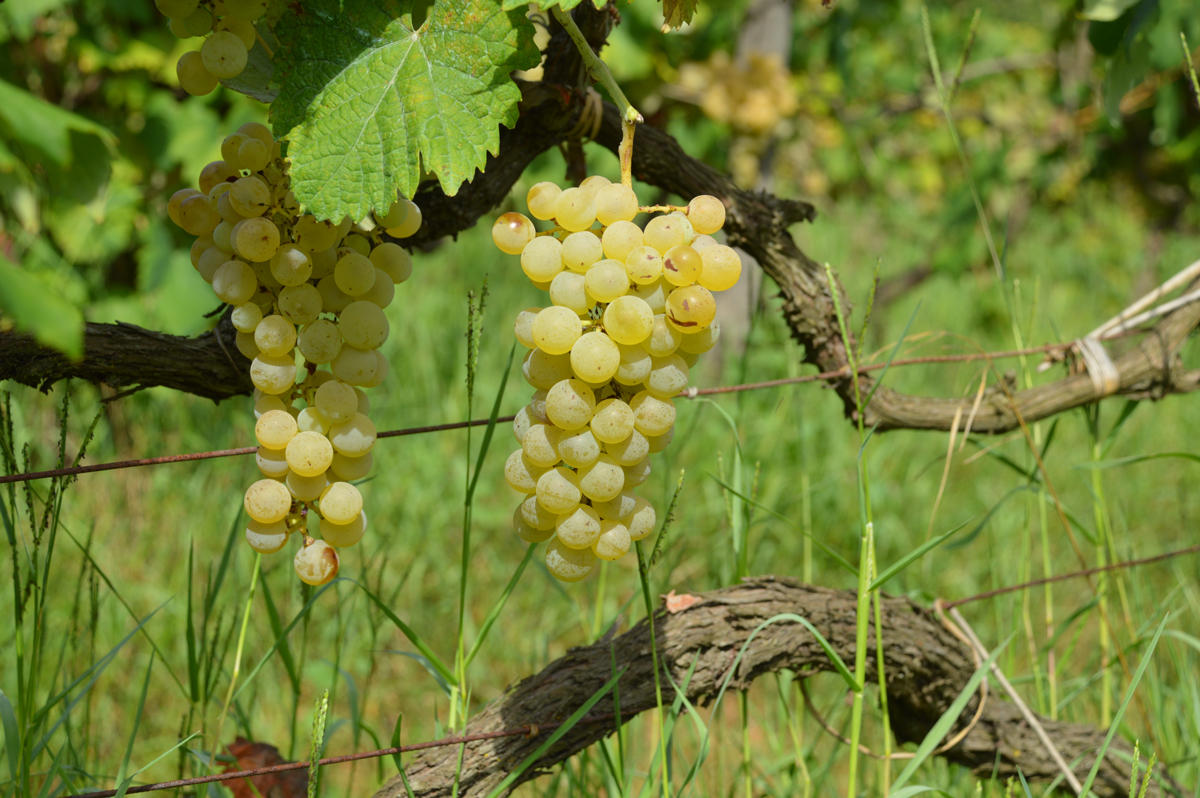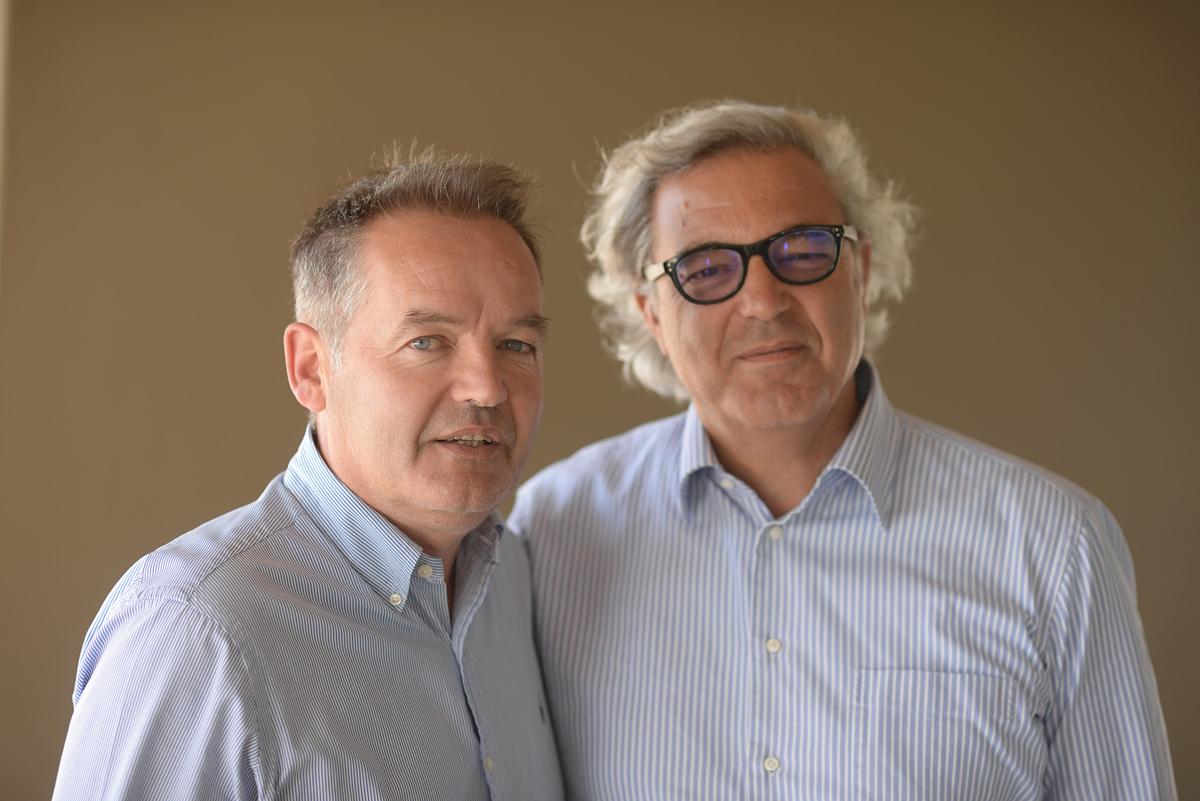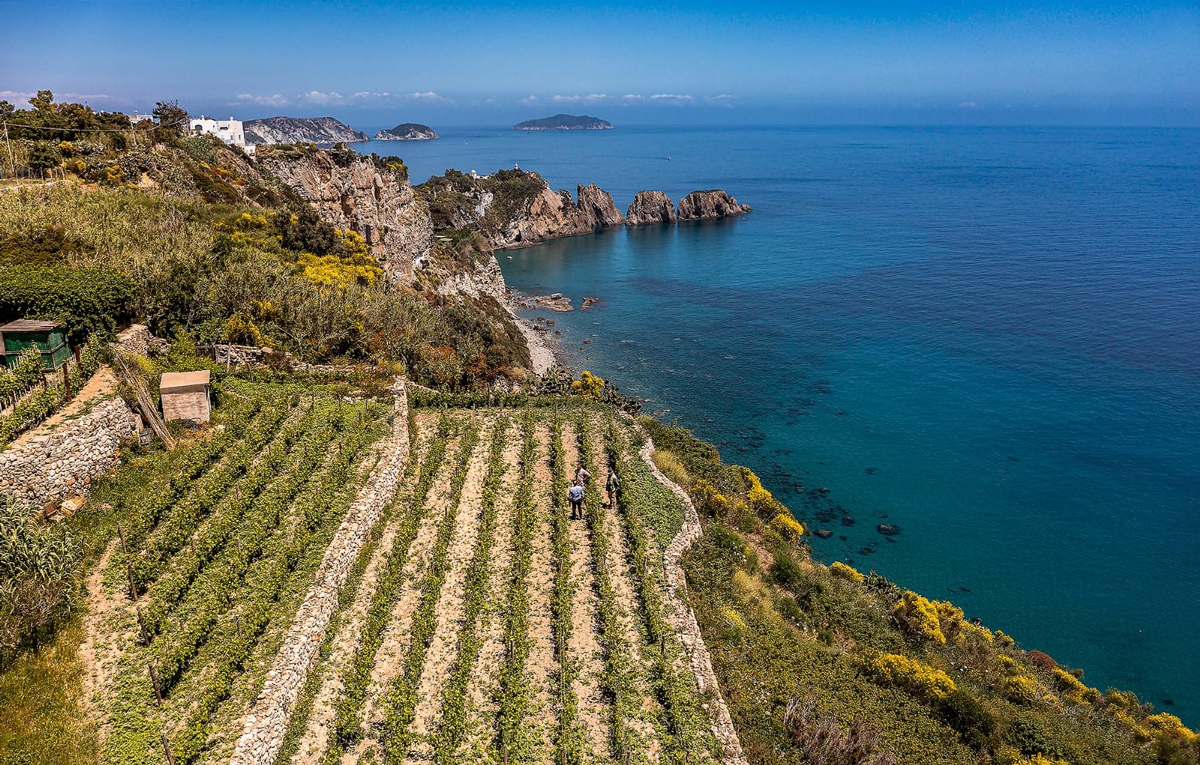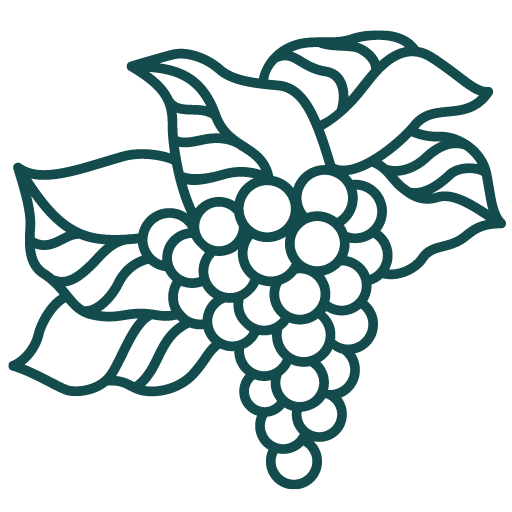
Wine Culture Magazine

Bellone is an ancient grape variety that is experiencing a very modern revival.
Grapes have been grown in Lazio, the region surrounding Rome, since Julius Caesar’s time. But despite a lengthy winemaking history few others can lay claim to, and despite being a major wine producing region—and one that is home to Italy’s capital city—Lazio was a virtual unknown in the wine world.
But today, Lazio is attracting plenty of attention, in part because of a renewed interest—both at home and abroad—in the region’s indigenous varieties, including Bellone and Cesanese, which have been a hallmark in recent years for the ground-breaking Casale del Giglio.

At Casale del Giglio, Paolo Tiefenthaler, left, and Antonio Santarelli are celebrating indigenous varieties.
Credit goes in large part to respected oenologist Paolo Tiefenthaler, who has worked with the winery since the 1980s to forge a new direction.
In 1967, Dino Santarelli, a third-generation Rome liquor and olive oil retailer, was lured by the uncharted territory of Agro Pontino, a valley about 50 kilometres south of the Italian capital, to establish Casale del Giglio. Santarelli had grown up around vineyards. However, viticulture was not commonplace in this southern enclave of Lazio. In fact, the land was a reclaimed former swamp.
Still, he was convinced that Lazio could achieve far more than its lagging post-war reputation suggested. He initially planted 57 international varieties such as Cabernet Sauvignon, Syrah, Petit Verdot and, later, Tempranillo.
The grapes had been approved by the European Union as “new recommended varieties,” the first of several to come. Santarelli’s primary goal was to identify which might produce the best possible quality available. The ambitious research project encompassed planting some 60 different trial varieties. This visionary undertaking, truly well ahead of its time, set Casale del Giglio firmly on the path to being a top-tier producer—and those now-old vines are today the foundation for several notable Casale blends.
Casale del Giglio is now in the hands of Dino’s son, Antonio Santarelli, who has purposefully continued his father’s quest. In the 2010, Tiefenthaler approached Santarelli, encouraging him to make wines with the indigenous varieties that had originally played such an important role in Lazio’s winemaking history.
In close collaboration, they decided to focus on Bellone and Cesanese, as well as, notably, Biancolella, albeit grown in far smaller quantities.
Bellone is a survivor of devastating the phylloxera epidemic of the 1870s, when a few vines managed to survive in the sandy soils of nearby coastal Anzio. Poured at many a Rome table over the centuries, the variety is widely believed to be the same grape that produced a popular food wine referred to in the writings of Pliny the Elder (AD24 to AD79).
This drought-resistant variety, used in Casale de Giglio’s flagship Anthium, significantly benefits from the constant sea breezes the area enjoys, yielding good sugars, high acidity and pronounced minerality. All of which makes this much celebrated and multi-award winning wine an excellent pairing with “minestra di sgavajone,” a regional fisherman’s soup made with the broth of a fish native to the region.
The indigenous Italian variety Cesanese, the winery’s hallmark red grape, is grown more inland at higher elevations on volcanic limestone soils. Its origins can be traced back to Rome’s Appenine conquests in the second century BC, but by the Middle Ages bordered on extinction. It thrives on infertile lands and in difficult conditions. Its spicy hints and balance of elegant ripe fruit with a lingering mineral close makes it an excellent match for a “gnocchi ricci di amatrice,” another regional specialty, made with a rich mutton and pork rib sauce.

Biancolella is another indigenous variety, but at Casale del Giglio only grows in small quantities on Isola di Ponza.
Hard to find Biancolella, meanwhile, is a rare white grape that was introduced in the 18th century, brought to the region originally from an island in the Bay of Naples in neighbouring Campania. It is grown exclusively on nearby Isola di Ponza, at the base of a sheer cliff below the historic Il Faro della Guardia lighthouse. It’s a perfect match for linguine c’o Fellone, a celebrated local pasta dish from Ponza made with the rare Granseola crab, known locally as “o Fellone.”
While international grapes made up Casale’s initial trial, both Antonio Santarelli and Paolo Tiefenthaler always felt the indigenous grapes to be not only supremely undervalued, but also worth celebrating for their diversity—as well as for their adaptability and affinity for Rome’s regional cuisine.
But, at the end of the day, Tiefenthaler insists he’s rarely concerned as to whether the variety is “international’ or “indigenous.” Of far greater consequence is how well the grape grows in its specific site, truthfully represents the region—and contributes to Casale del Giglio’s uncompromising quest for superior quality. Not to mention its highly regarded reputation as Rome’s iconic Lazio producer.

Casale del Giglio Anthium Bellone di Anzio
(Bianco Lazio IGT/IGP, SKU +241604)

Casale del Giglio Faro Della Guardia Biancolella
(Bianco Lazio IGT/IGP, SKU +207558)

Casale del Giglio Satrico
(Bianco Lazio IGT/IGP, SKU +207551)

Casale del Giglio Matidia Cesanese
(Rosso Lazio IGT/IGP, SKU +392960)

Casale del Giglio Mater Matuta
(Rosso Lazio IGT/IGP, SKU +263954)
Casale del Giglio
Contact local import agency: World Wine Synergy, info@worldwinesynergy.com
For more information, visit casaledelgiglio.it

Vitis is is an indispensable seasonal guide for vintners, sommeliers and weekend imbibers alike that is dedicated to British Columbia’s rapidly evolving wine culture.

Vitis is is an indispensable seasonal guide for vintners, sommeliers and weekend imbibers alike that is dedicated to British Columbia’s rapidly evolving wine culture.
@ Vitis Magazine